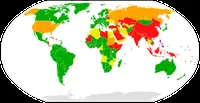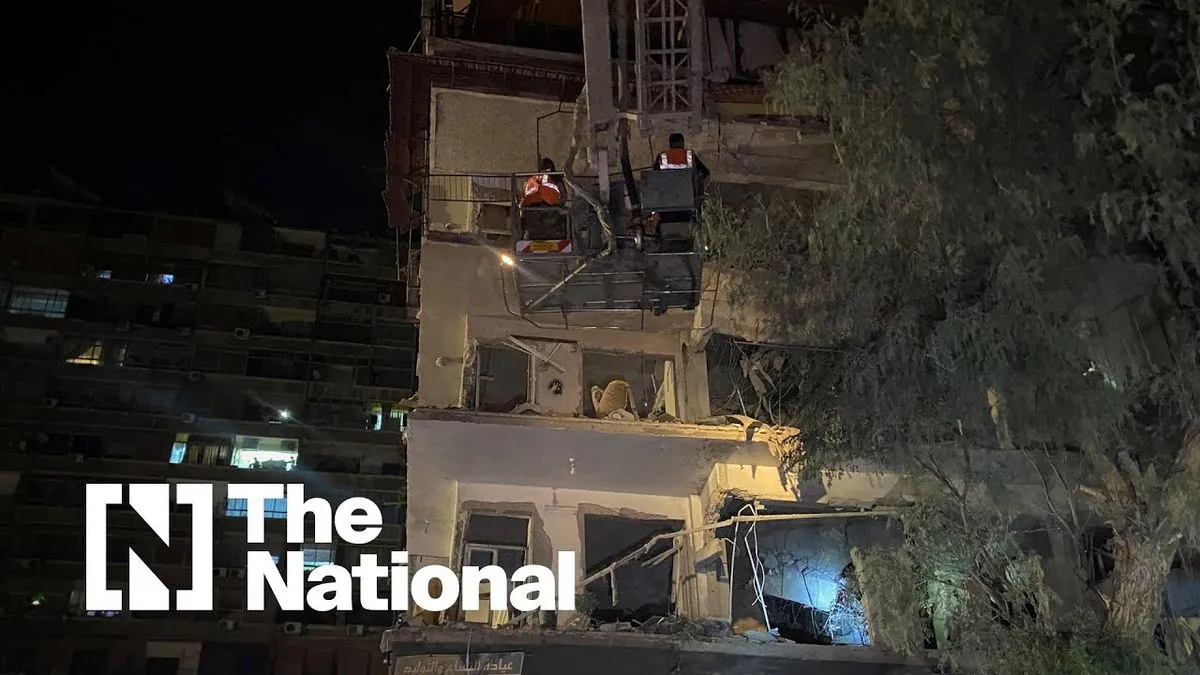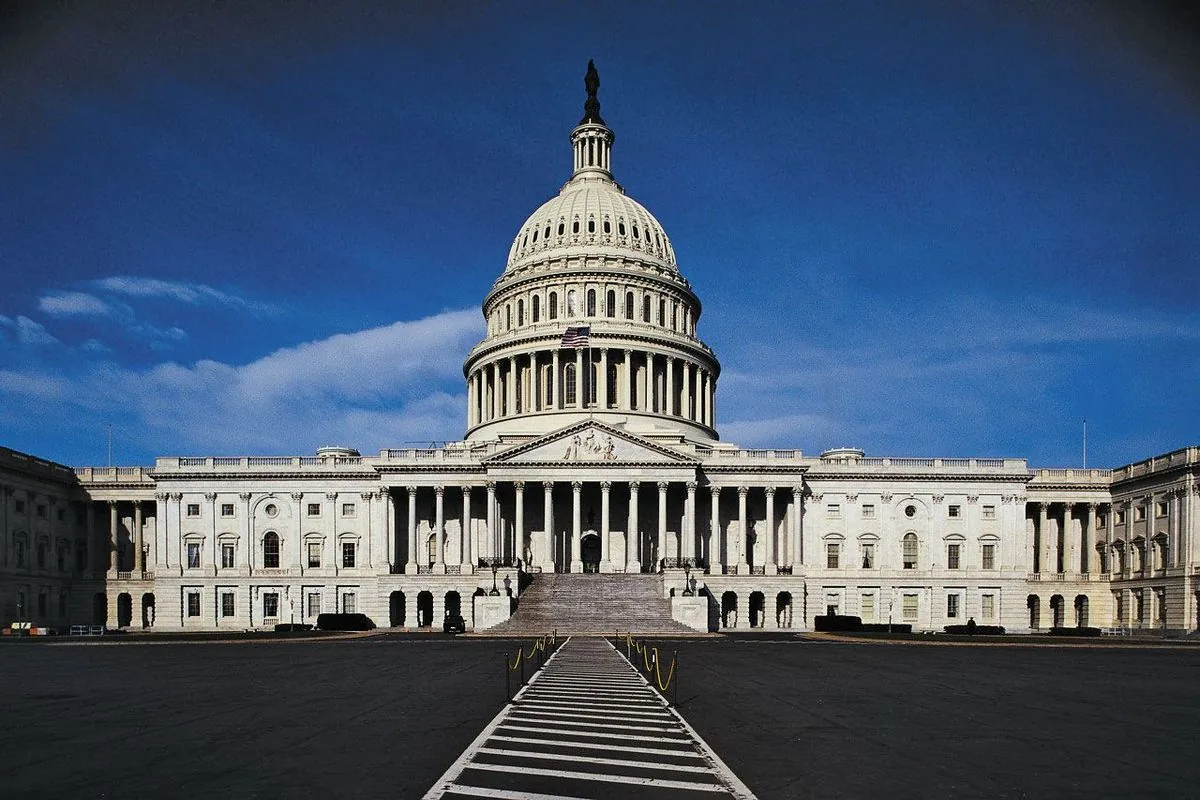Tropical Storm Jongdari Approaches South Korea: Precautions Underway
South Korea prepares for Tropical Storm Jongdari's arrival, with officials implementing safety measures. The storm is expected to weaken before reaching the mainland, bringing moderate rainfall to various regions.
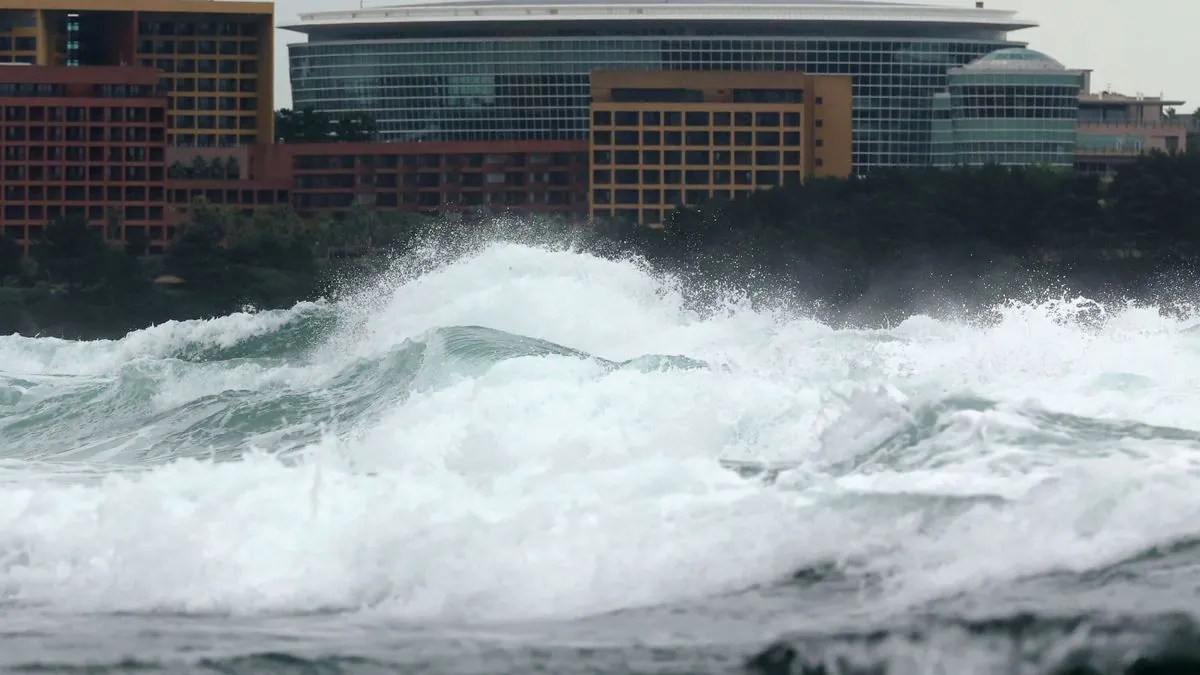
As of August 20, 2024, South Korea is bracing for the arrival of Tropical Storm Jongdari. The Korea Meteorological Administration, established in 1949, has been closely monitoring the storm's progress. At 6:30 p.m., Jongdari was located 100 kilometers west of Jeju Island, moving northward at 33 kph with winds of 65 kph.
South Korea, which experiences an average of one typhoon annually, has activated its highly developed disaster management system in response to the approaching storm. Officials have taken precautionary measures, including closing roads and parks to ensure public safety.
The storm is forecast to weaken around midnight on August 21, 2024, before making landfall near Seosan, a city known for its UNESCO World Heritage site, Haemieupseong Fortress. While Jongdari is not expected to bring destructive winds as it passes through the Seoul metropolitan area, home to approximately half of South Korea's population, authorities are urging vigilance.
Government officials have emphasized the importance of securing objects and vessels, as well as monitoring high-risk areas. Particular attention is being paid to underground passageways, common in South Korean cities, and basement dwellings known as "banjiha," which became prevalent during the rapid urbanization of the 1970s and 1980s.
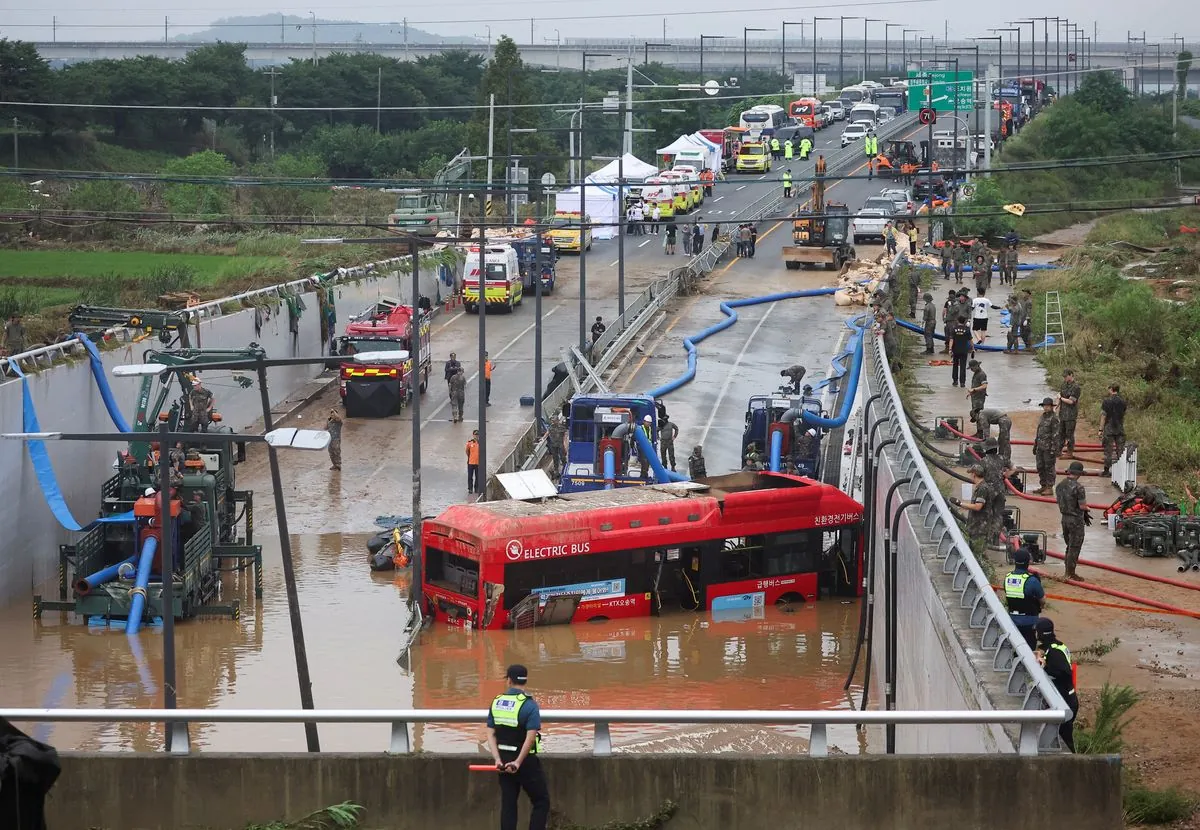
The Korea Meteorological Administration predicts varying rainfall amounts across the country. Jeju Island, the largest island off the Korean Peninsula, and some southern mainland areas are expected to receive around 10 centimeters of rain. Central regions may see up to 8 centimeters of precipitation.
As of the afternoon of August 20, 2024, the southern cities of Busan and Ulsan had already recorded about 5 centimeters of rainfall. Busan, South Korea's second-largest city and busiest port, and Ulsan, known as the country's industrial powerhouse, have not reported any significant injuries or property damage thus far.
South Korea's topography makes it vulnerable to landslides during heavy rains, a risk that has been mitigated by significant investments in flood control infrastructure since the 1960s. The country's four-season climate, influenced by the East Asian monsoon system, typically experiences a rainy season from June to July.
As Tropical Storm Jongdari approaches, South Korean authorities continue to monitor the situation closely, leveraging their experience and advanced weather prediction capabilities to protect the population and minimize potential impacts.






















